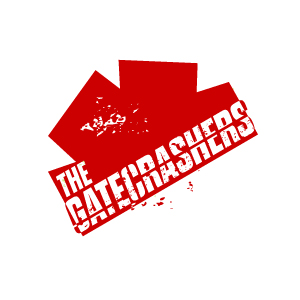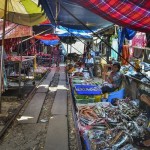
Muertos Vivientes – the living dead – Buenos Aires
READ THE FULL ARTICLE AT thegauradian.co.uk >
Nina Chamorro runs her finger across the montage of photos of neighbourhood children tacked to the wall of her community soup kitchen in Villa Itatí, a sprawling urban slum on the outskirts of Buenos Aires.
“He is dead now. And him. And him,” says the 75-year-old grandmother, her eyes drifting sadly over grinning faces. She points to another photograph. “He was shot by the police last month. That girl disappeared. We have lost so many of our beautiful children. We knew them since they were born. They had their whole lives to live.”
Villa Itatí is only a few minutes’ drive from the more upmarket parts of Buenos Aires. Ask most people here to explain the cause of the grisly gallery in Chamorro’s kitchen and the answer will be a single word: “paco”. A toxic and highly addictive mixture of raw cocaine base cut with chemicals, glue, crushed glass and rat poison, paco is the curse of Argentina‘s urban poor. And consumption of this bastardised, low-grade drug is eating away at the vitality and hope of the most deprived neighbourhood areas of the capital.
——–
? Paco is cocaine base paste, a byproduct of the refining process, cut with chemicals such as sulphuric acid and kerosene as well as glue, rat poison and crushed glass
? Readily available, paco is sold for as little as 10p a hit. The average paco user smokes more than seven doses a day
? Madres en Lucha (a group of campaigning mothers) estimates paco kills two people a week in Buenos Aires
? Drug Enforcement Argentina, an anti-drug lobbying group, says paco trafficking exceeds £600m a year. Cocaine seizures in Argentina doubled between 1999 and 2006
? Paco was smoked in other cocaine-producing countries before it reached Argentina: it is known as kete in Peru, bazuco in Colombia and pitillo in Bolivia




